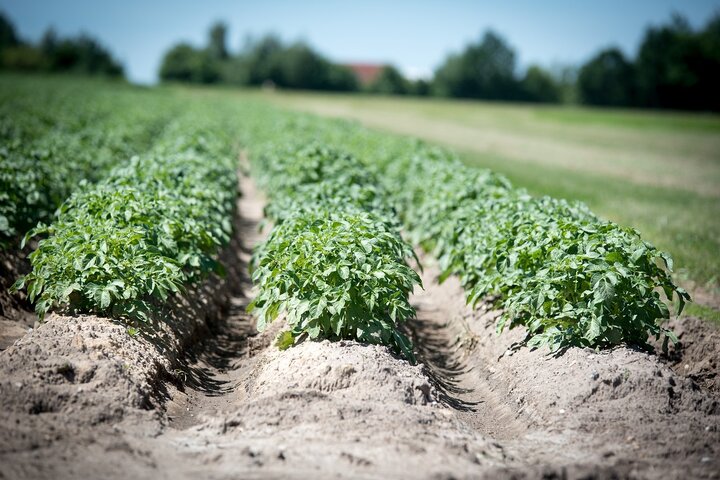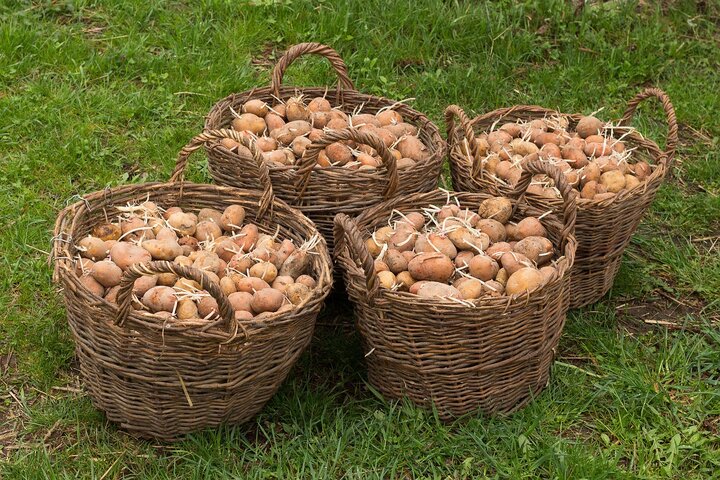Sarah Browning, Nebraska Extension Educator

Selecting an appropriate variety is critical to success with potatoes in the home garden. Picture by Pixabay.com
Planning the garden and thinking about growing potatoes? Selecting an appropriate variety is critical to success with potatoes in the home garden. But even a great variety won't perform at its best without the right soil and moisture conditions.

Potatoes are very sensitive to extremes in soil moisture. They do best in well drained soils but need a consistent moisture supply for tuber formation. In poorly drained soils with a high clay or silt content, potatoes tend to be knobby and poorly shaped. In very sandy soils with low organic matter content, it may take up to 2 inches of water per week to keep the soil from drying out. Drastic fluctuations in soil moisture from very dry to saturated cause a variety of defects in tubers, ranging from knobs and growth cracks to hollow centers and internal browning.


Home gardeners need to buy certified seed potatoes rather than trying to save money by using potatoes from the garden or the grocery store for seed. Saving home-grown tubers for seed will eventually result in a buildup of seed-borne viral diseases. Yield and size will decrease. Potatoes from the grocery store are often treated to inhibit sprouting, so they rarely give good results when used as seed.
Certified seed potatoes are available from catalogs and garden centers. Plant them in the spring as soon as the soil is dry enough to work and the soil temperature is at least 45 degrees F. Plant 3 to 4 inches deep and 9 to 12 inches apart in rows 30 to 36 inches apart. Five pounds of seed potatoes should plant about 40 feet of row (with 12 inches between seed pieces), and each hill should yield 3 to 5 pounds of medium-sized tubers. Spacing plants farther apart may give you bigger tubers.
To avoid carryover of diseases and insect pests, avoid planting potatoes in the same part of the garden year after year. Also avoid planting potatoes after radishes, beets, tomatoes, peppers or eggplant, which are prone to many of the same plant problems.
Images by Pixabay.com
The author would like to acknowledge the contribution of Don Janssen, UNL Extension Educator who authored the first edition of this publication.